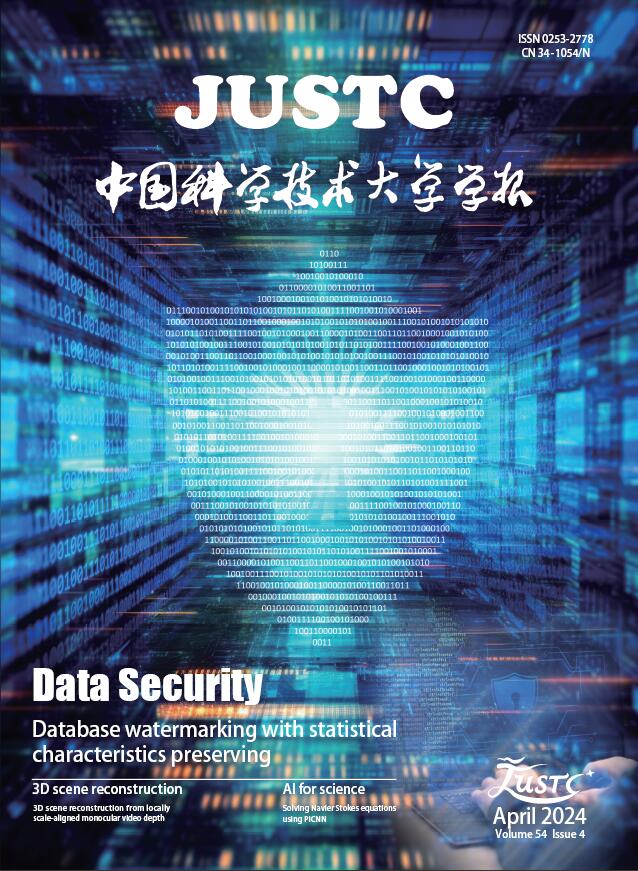Abstract:
By analyzing the Piella framework and multi-scale analysis theory, four methods, or fusion paths, for constructing pixel level fusion rules are presented on the basis of the Piella framework. A self-adaption fusion algorithm of PET/CT based on Piella frame and DT-CWT was proposed on the basis of the first fusion path, Firstly, DTCWT was used to decompose the registration PET and CT image to get the low-frequency and high-frequency components. Secondly, according to the characteristics of low-frequency, fully considering the area of lesions position was smaller in the whole image and the vital importance to highlight the lesions by dealing with the background of medical image reasonably, the low-frequency components are fused by self-adaption combination of membership function. Thirdly,according to the characteristics of high-frequency sub-bands which reflected details of images and edge information, and their great influences on the degree of image sharpness and edge distortion, the energy difference of decomposition coefficient was used as the matching measure, regional energy was used as an activity measure, and the combination of weighting and selection method was used to determine decision factor in high frequency component. Finally, two experiments were done, one a comparison with the other pixel-level fusion algorithms and the other an objective evaluation of fusion effect. The experimental results shown that the algorithm can better retain and show the edge and texture information of lesions.





